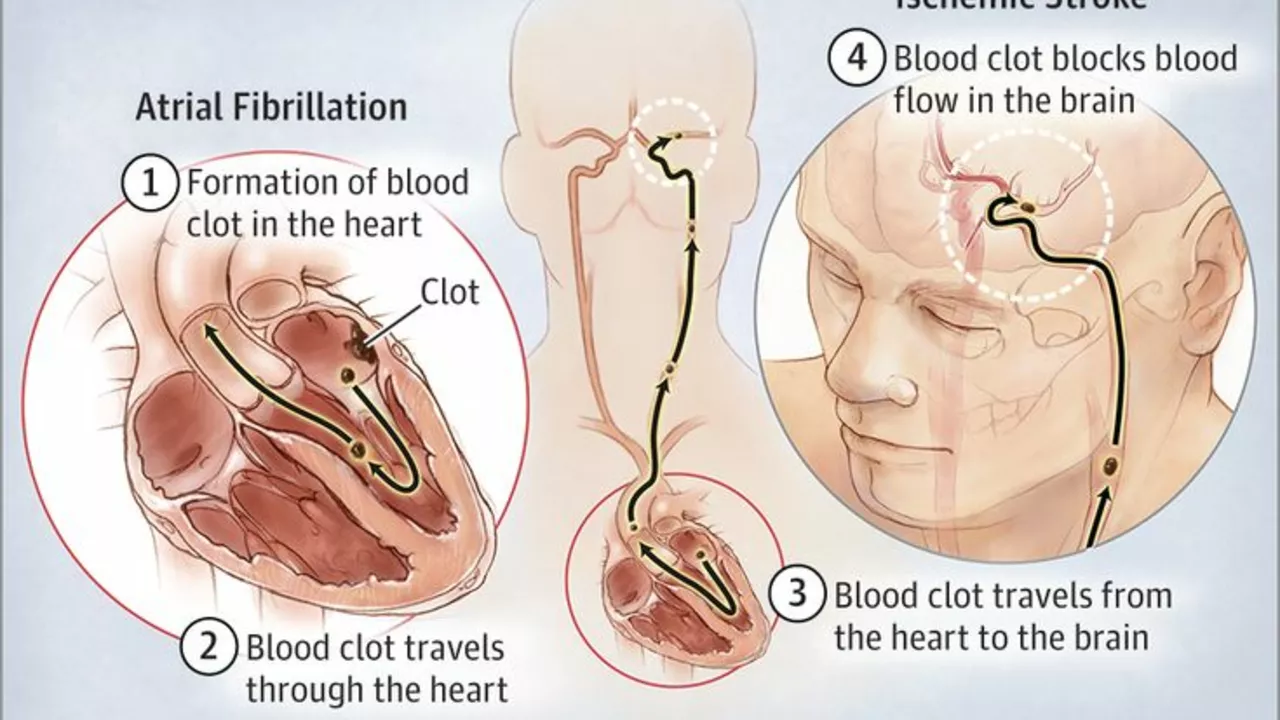Blood clots: what to watch for and how to lower your risk
One surprising fact: a clot that starts in a leg can become life-threatening if it travels to your lungs. That’s why knowing the signs and quick steps to reduce risk matters. This page gives clear, practical advice you can use today.
What a clot looks like and why it forms
Clots often begin in deep veins of the leg — deep vein thrombosis (DVT). Typical signs are pain, swelling, warmth, and skin that looks red or discolored. If a clot moves to the lungs (pulmonary embolism), you might get sudden shortness of breath, chest pain that gets worse when you breathe, lightheadedness, or coughing up blood. Clots form when blood flow slows, when blood is more likely to clot, or when a vein is damaged.
Common triggers include long periods of immobility (long flights or bed rest), recent surgery, injury, cancer, certain medications (notably estrogen-containing birth control), smoking, obesity, and some inherited clotting disorders. Age and chronic illnesses also raise the risk.
Simple, effective prevention you can start now
Move every hour on long trips—stand, walk, or do ankle circles. Stay hydrated and avoid heavy alcohol the day before travel. At home, keep a healthy weight, quit smoking, and stay active. Compression stockings help people at higher risk after talking with a doctor. If you’ve got recent surgery or a known clotting condition, your doctor may recommend blood thinners — don’t stop or start those without medical advice.
If you take hormone pills and worry about clot risk, talk to your provider about alternatives. We cover options in our article "5 Alternatives in 2025 to Ethinyl Estradiol/Norgestimate" which looks at safer choices for some people.
When blood thinners are prescribed, expect a conversation about bleeding risks, food and drug interactions, and whether you need regular blood tests. Newer direct oral anticoagulants (DOACs) like apixaban or rivaroxaban often need less monitoring than warfarin, but each has pros and cons that matter for your situation.
Know when to get help. Call emergency services if you have sudden severe shortness of breath, chest pain, fainting, or rapid heartbeat. For painful, swollen red legs that appear suddenly, contact your doctor the same day.
If you want practical reads, check our travel health tips to avoid sickness on trips and our piece on birth control alternatives for safer options. Talking with a clinician who knows your history is the best next step — they’ll tailor prevention and treatment to you.
Small habits add up. Move often, stay hydrated, manage weight, and get medical advice if you have risk factors. That combination cuts risk and gives you more control over your health.
